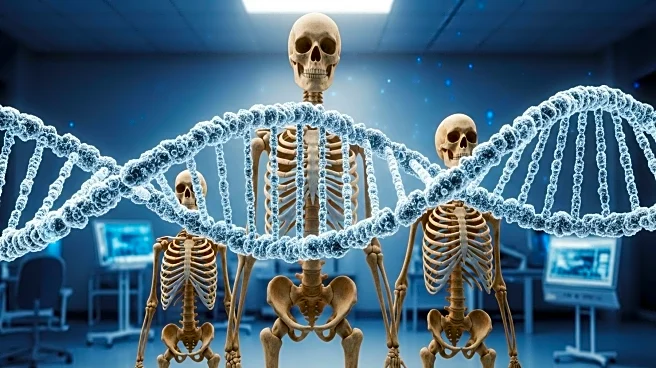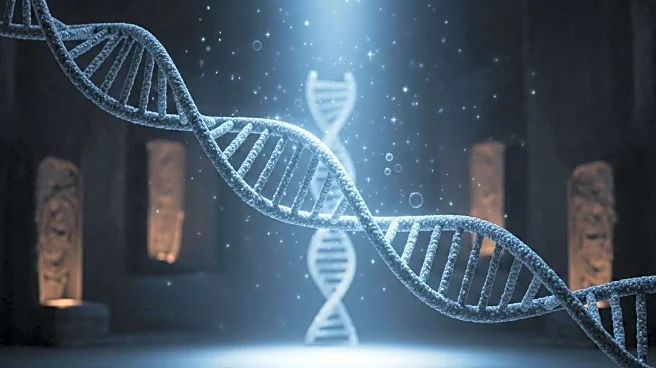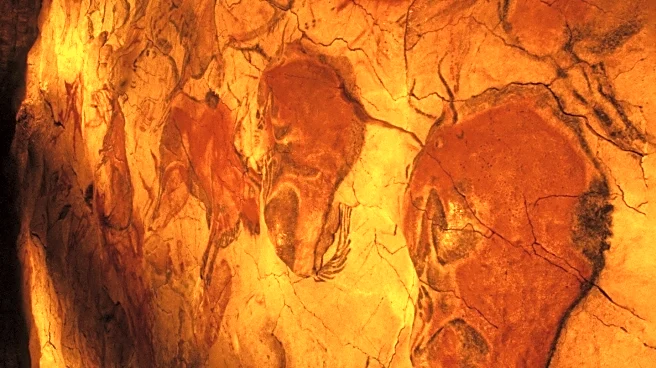What's Happening?
A study conducted by researchers at Penn State has revealed that the spread of farming across prehistoric Europe was primarily due to the migration of farming communities rather than the cultural adoption by local hunter-gatherers. The research team combined ancient DNA analysis, archaeology, and computer simulations to differentiate the effects of migration from the adoption of new practices during the Neolithic transition. By modeling population movements and testing these models against genetic ancestry from hundreds of Neolithic individuals, the team was able to estimate the extent to which farming spread through migration versus cultural transmission. The study found that migration played a dominant role, with cultural transmission accounting for only a minimal effect on the pace of farming's spread.
Why It's Important?
The findings of this study have significant implications for understanding the historical spread of agriculture and its impact on European ancestry. The research highlights the importance of migration in shaping genetic patterns and cultural practices, providing insights into how ancient populations adapted to new environments. This study also underscores the power of interdisciplinary approaches, combining genetic data with archaeological models to uncover complex behavioral mechanisms of the past. The results contribute to a growing body of work that uses ancient genomes to clarify human prehistory, offering a framework for reevaluating other major prehistoric cultural shifts.
What's Next?
The study's approach opens the door for further research into other cultural transformations in prehistory, such as metalworking, herding, and language dispersals. By applying similar methodologies, researchers can test whether these changes spread through migration, cultural transmission, or a combination of both. The findings also suggest potential avenues for exploring how genetic traits from local foragers may have helped farming populations adapt to new climates and environments as they migrated.
Beyond the Headlines
The study reveals strong social boundaries between farmers and foragers, with limited intermarriage or cultural assimilation. This pattern aligns with other ancient DNA studies showing persistent genetic differences between neighboring groups. The research provides a deeper understanding of the social dynamics and demographic momentum that carried the ancestry of farming communities far, even with minimal cultural transmission.












